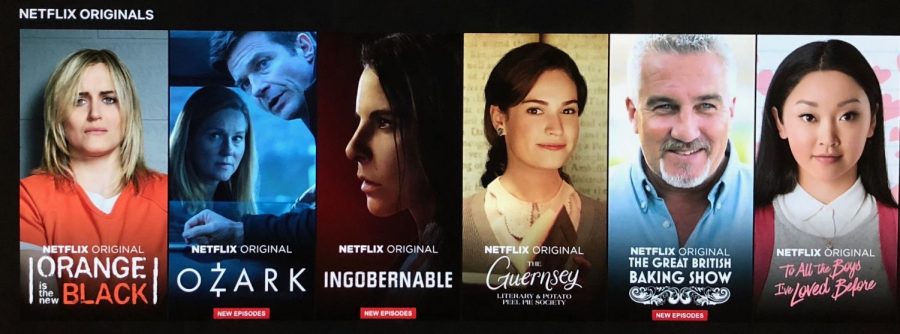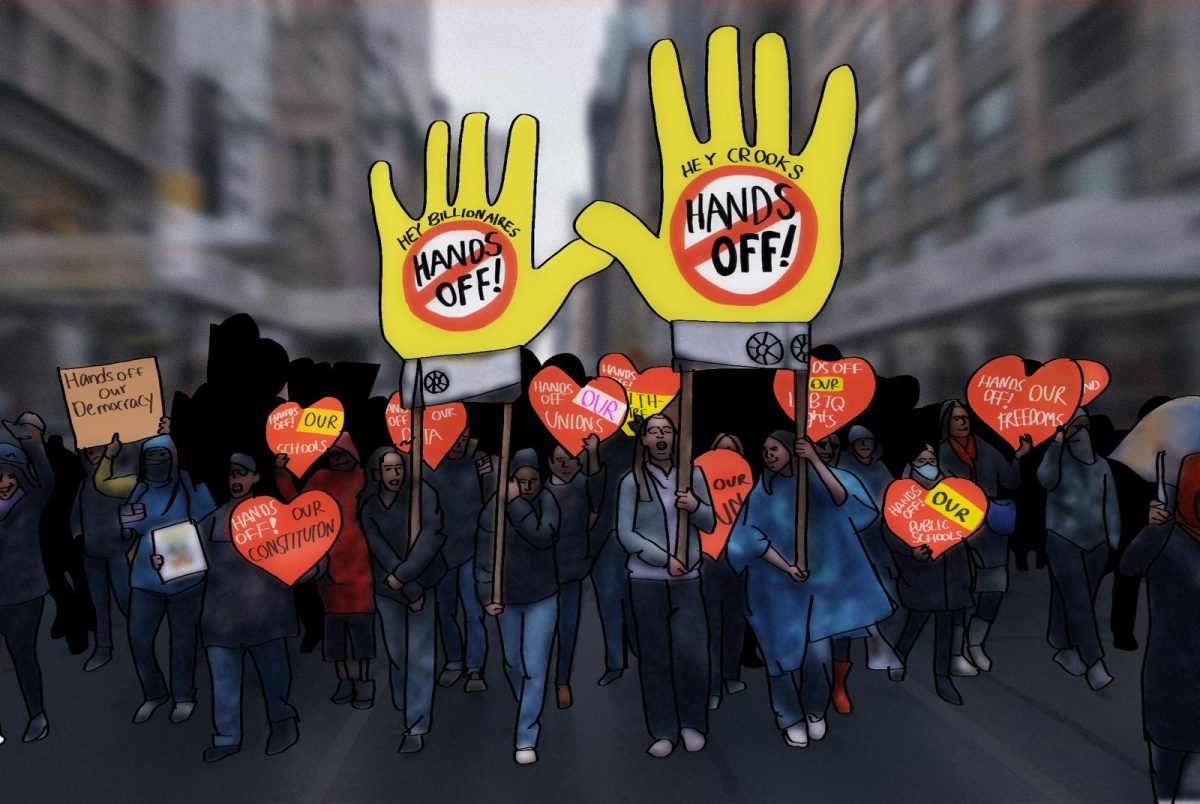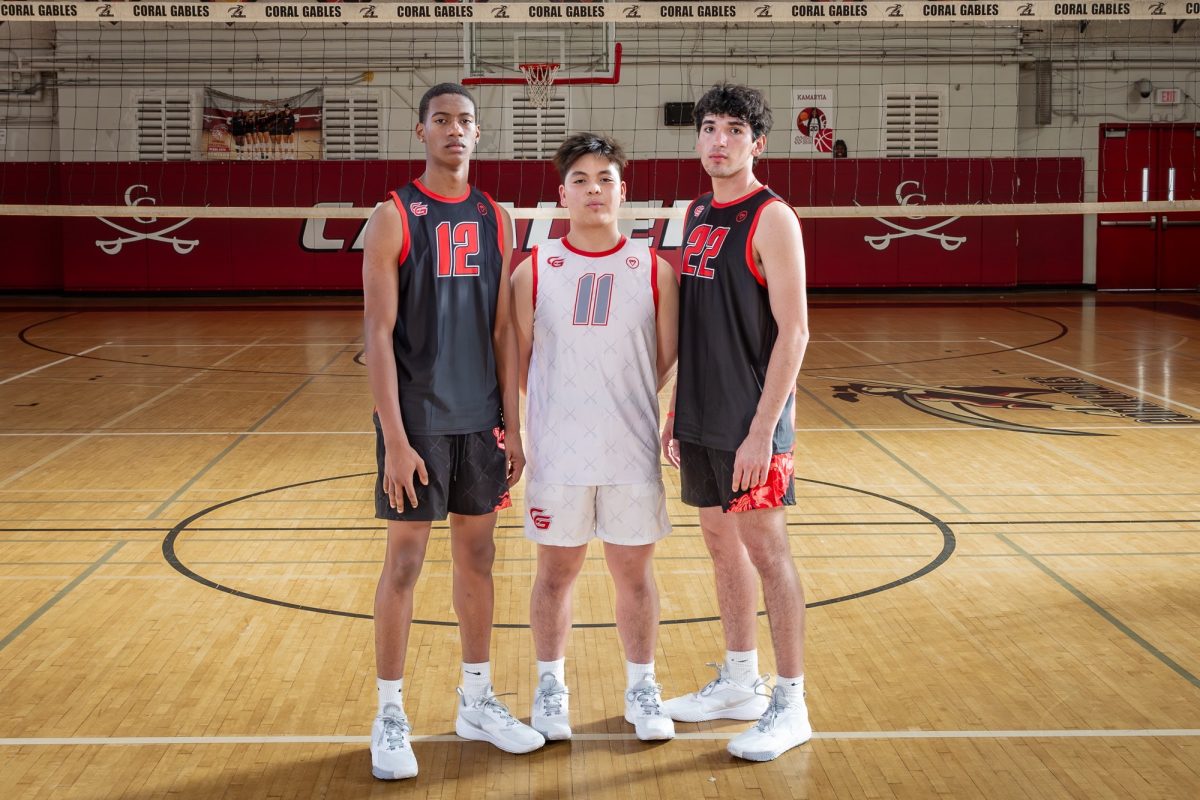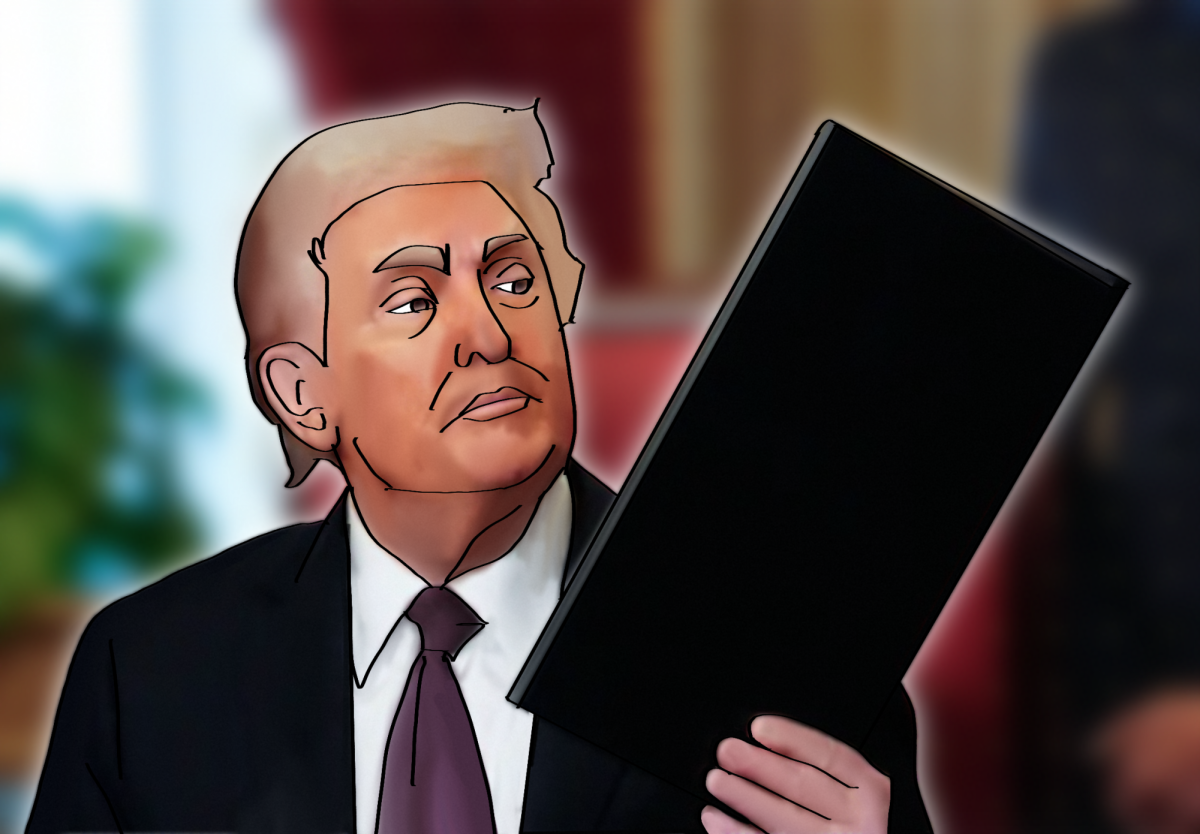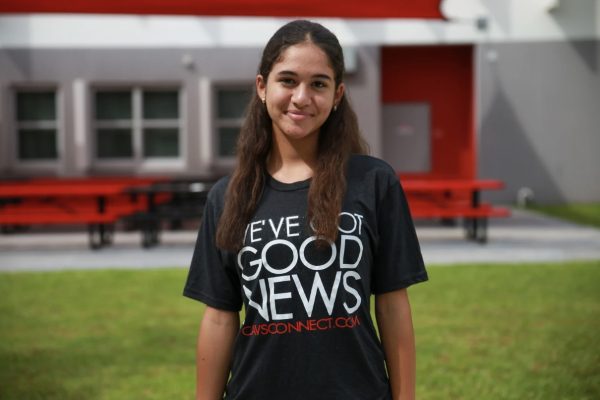The Death of Cable Television
Sep 18, 2018
This past Monday, the 70th Primetime Emmy Awards ceremony took place in the glittering Microsoft Theater. Hollywood stars anxiously poured in to see if they would take home the gold. The night proved to be shocking, with Amazon and Netflix shows taking home the majority of the awards given. This occurrence represents the culmination of a phenomena long in the making: the death of primetime cable television. “House of Cards” and “Game of Thrones” have become the new “it” TV shows, while shows such as “The Middle” are falling in ratings every week. The world’s shift from watching shows on TV screens to iPads and laptops has provided viewers with an individualized and flexible experience never before possible, and one far superior to the traditional TV experience of the past.
About 52 percent of viewers now say they watch their favorite shows online via services like Netflix, Hulu or Amazon. That number will continue to grow as more and more people ditch cable due to streaming services being so convenient. The streaming services enable people to watch their favorite shows from anywhere at anytime, something traditional cable TV is by design incapable of doing. Moreover, the entrance of these new competitors in the market have broken the hegemonic control of content by large media companies, forcing them to provide better services and produce better content. Comcast for instance has created an Xfinity on Demand app that mirrors Netflix and Hulu services. Because these services do not limit content to a certain timeslot, it allows for there to be a larger amount of people watching a show at any given time. Streaming services can also collect data on when people are watching certain shows and with what frequency, giving them the opportunity to optimizes their services continually.
“One of my absolute favorite past times is watching Netflix. Whether I’m in class or at home, I love tuning into my favorite shows from anywhere,” senior Liz Ramirez said.
The meteoric rise of streaming services has had its drawbacks. For one, it has fundamentally altered the way families and individuals interact with each other while watching shows. Prior to Netflix, families would gather around a dinner table to watch their favorite shows after a long day of work. This was done almost religiously by many families across the United States and helped cement family bonds. New episodes would only air weekly and viewers would anxiously await the next episode all week long. The commitment that viewers have to shows with traditional TV created an emotional attachment that heightened the impact of every show.
“I remember when I was younger, my family and I used to watch shows together. As we started getting older, we stopped doing it little by little. Nowadays we all just watch our own shows whenever we can,” sophomore Isa Villarroel said.
Streaming services will continue to see a rise in popularity and disrupt the media market. Their entrance into the market is a prominent example of technology giving people choices they never had before. Traditional TV providers will have to adapt to this new landscape or risk being shut off forever.



